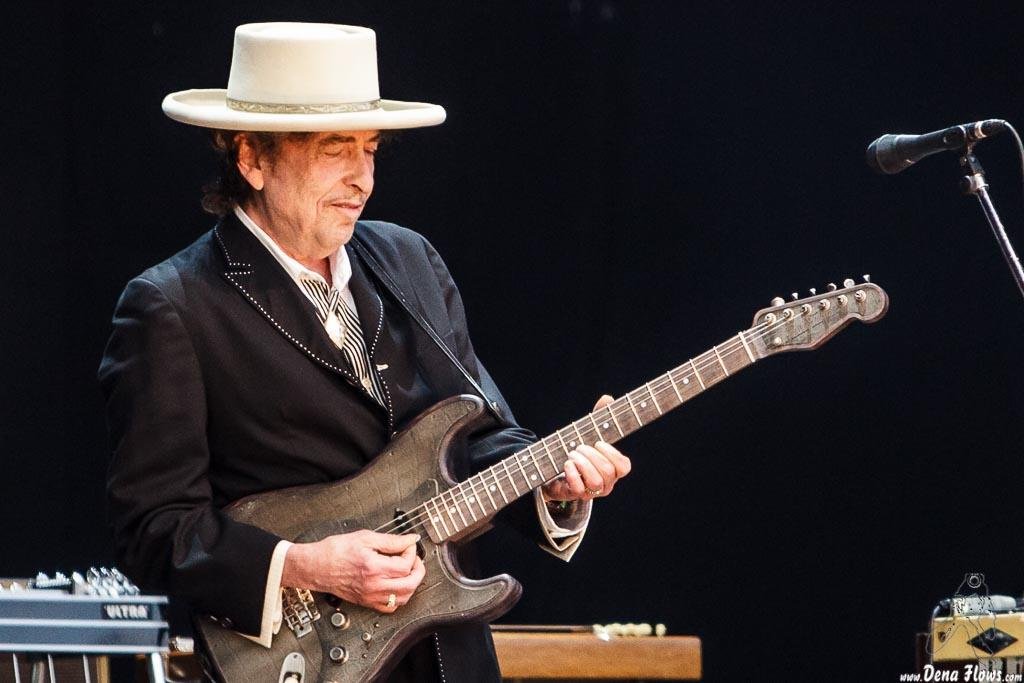How Indie Folk fuses folk, rock, and more is a defining feature of the genre. This seamless blending of styles creates a unique sound that resonates with listeners across diverse musical tastes. As Indie Folk continues to evolve, it draws from traditional folk roots, incorporates elements of rock, and experiments with various other genres, including jazz, pop, and electronic. In this article, we explore the intricate fusion that defines Indie Folk, breaking down the contributions of each genre and how they come together to shape its identity.
The Folk Foundation of Indie Folk
Indie Folk begins with a deep connection to traditional folk music. The genre retains folk’s emphasis on storytelling, acoustic instrumentation, and emotional expression. With a focus on lyrical narratives, Indie Folk artists often explore personal and social themes, creating songs that feel intimate and reflective. Folk-inspired instruments such as acoustic guitars, banjos, and mandolins serve as the backbone of the genre.
While traditional folk music sticks to its roots, Indie Folk embraces experimentation. This openness allows artists to build on folk’s foundation, infusing new sounds that push creative boundaries. By preserving its authenticity, the genre remains fresh and innovative.
Rock Influences in Indie Folk
The fusion of folk and rock is evident in the incorporation of rock elements, which add energy and dynamism to the music. Many Indie Folk songs feature electric guitars, drums, and upbeat tempos, borrowing from rock’s rhythmic structures. Additionally, some artists adopt rock’s anthemic style, creating songs with sing-along choruses that appeal to wider audiences.
For instance, bands like The Lumineers and Fleet Foxes blend folk’s storytelling with rock’s intensity, producing tracks that feel both soulful and energetic. This combination ensures that Indie Folk offers something for both folk purists and fans of more modern, electric sounds.
Incorporating Elements from Pop and Electronic Music
How Indie Folk fuses folk, rock, and more extends beyond these two genres by integrating influences from pop and electronic music. In recent years, artists have experimented with synthesizers, loops, and digital beats, creating new textures while maintaining the genre’s folk core. This blend expands the genre’s sound palette, offering listeners a modern take on familiar themes.
Bon Iver, for example, is known for using electronic elements to enhance his folk-based compositions. Albums like 22, A Million showcase his ability to merge acoustic instruments with experimental sounds, giving his music a unique edge. Similarly, artists like Phoebe Bridgers incorporate pop melodies, making their music more accessible while staying rooted in Indie Folk traditions.
Jazz and Blues Influences in Indie Folk
In addition to rock and pop influences, some Indie Folk artists embrace improvisational techniques and blues-inspired chord progressions to create a relaxed, soulful vibe. Hozier’s music exemplifies this fusion, blending folk storytelling with bluesy undertones and soulful melodies. His hit song “Take Me to Church” demonstrates how Indie Folk can incorporate diverse influences without losing its identity. This genre-blending approach makes the music more dynamic, appealing to audiences with varied tastes.
The Role of Collaboration in Genre Fusion
Collaboration plays a crucial role in how Indie Folk fuses folk, rock, and more. Many Indie Folk artists work with musicians from different genres, creating cross-genre partnerships that enhance their sound. These collaborations introduce new instruments, perspectives, and techniques, enriching the music.
For instance, Iron & Wine has collaborated with alternative rock bands and orchestral ensembles, adding depth to his folk-inspired music. Such partnerships demonstrate how Indie Folk thrives through exchange, continually evolving as artists experiment with different genres.
Notable Artists Shaping the Fusion of Genres
How Indie Folk fuses folk, rock, and more is best illustrated by the work of notable artists:
- Sufjan Stevens: Stevens blends folk, classical, and electronic elements, creating an eclectic sound that defies categorization. His intricate compositions demonstrate how diverse genres can coexist harmoniously.
- The Lumineers: Known for their folk-rock style, The Lumineers incorporate upbeat rhythms and anthemic choruses that appeal to a broad audience. Their music exemplifies the seamless fusion of folk and rock.
- Bon Iver: This artist’s use of digital experimentation pushes the boundaries of Indie Folk, showcasing how electronic elements can coexist with acoustic sounds.
- Hozier: Hozier’s blend of folk, blues, and soul creates a distinctive sound that highlights the genre’s versatility. His music appeals to fans across multiple genres, demonstrating the power of fusion.
How Genre Fusion Expands Indie Folk’s Audience
The ability of Indie Folk to fuse folk, rock, and more plays a crucial role in expanding the genre’s audience. By incorporating elements from different musical traditions, the genre attracts listeners with varied tastes. Fans of folk music appreciate the storytelling and acoustic instrumentation, while those who prefer rock or electronic sounds enjoy the added energy and modern production.
This genre-blending approach makes Indie Folk more accessible, allowing it to reach beyond niche audiences. As a result, the genre has grown in popularity, becoming a staple of contemporary music festivals and playlists.
The Future of Indie Folk and Genre Fusion
Looking ahead, how Indie Folk fuses folk, rock, and more will continue to evolve as artists experiment with new sounds. As technology advances, musicians will likely explore even more creative ways to blend genres, pushing the boundaries of what defines Indie Folk. Furthermore, collaboration across musical styles will remain essential, fostering innovation and diversity within the genre.
The future of Indie Folk lies in its ability to adapt and embrace change. By remaining open to new influences, the genre will continue to attract listeners and inspire future generations of artists.
Conclusion
How Indie Folk fuses folk, rock, and more is what makes the genre dynamic, accessible, and ever-evolving. By building on folk traditions, incorporating rock’s energy, and experimenting with pop, electronic, jazz, and blues elements, Indie Folk creates a sound that resonates across musical boundaries. The genre’s ability to blend styles has not only enriched its own identity but also expanded its audience. Notable artists like Sufjan Stevens, The Lumineers, and Bon Iver exemplify the art of fusion, ensuring that Indie Folk remains relevant and inspiring. As the genre continues to grow, the fusion of diverse influences will remain at its core, shaping its future for years to come.




